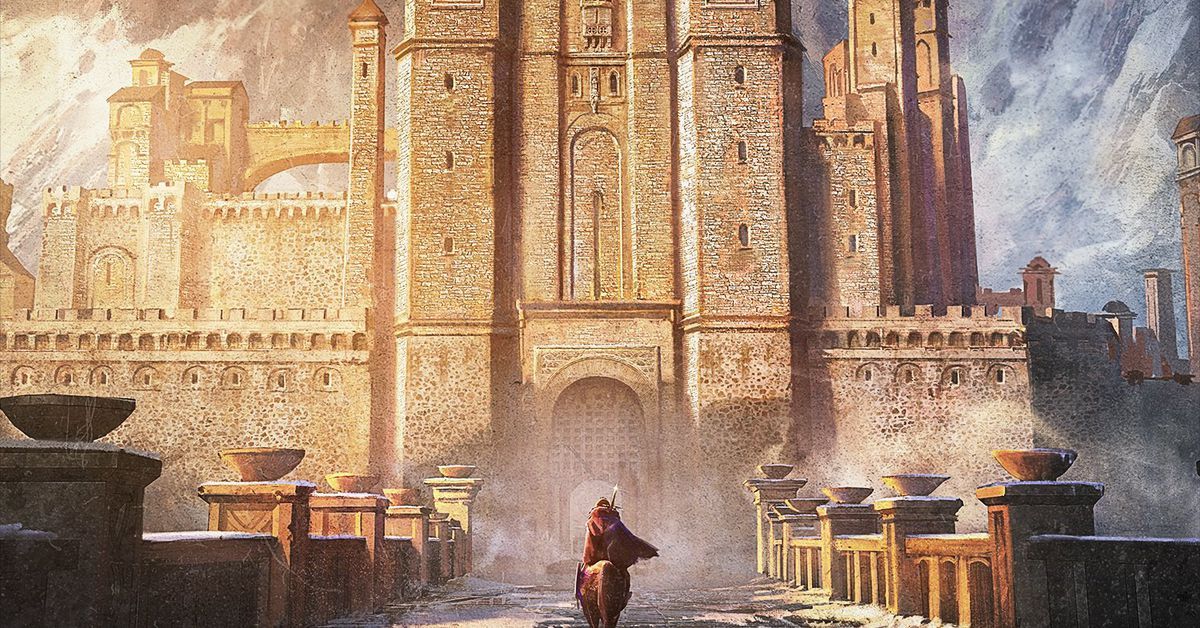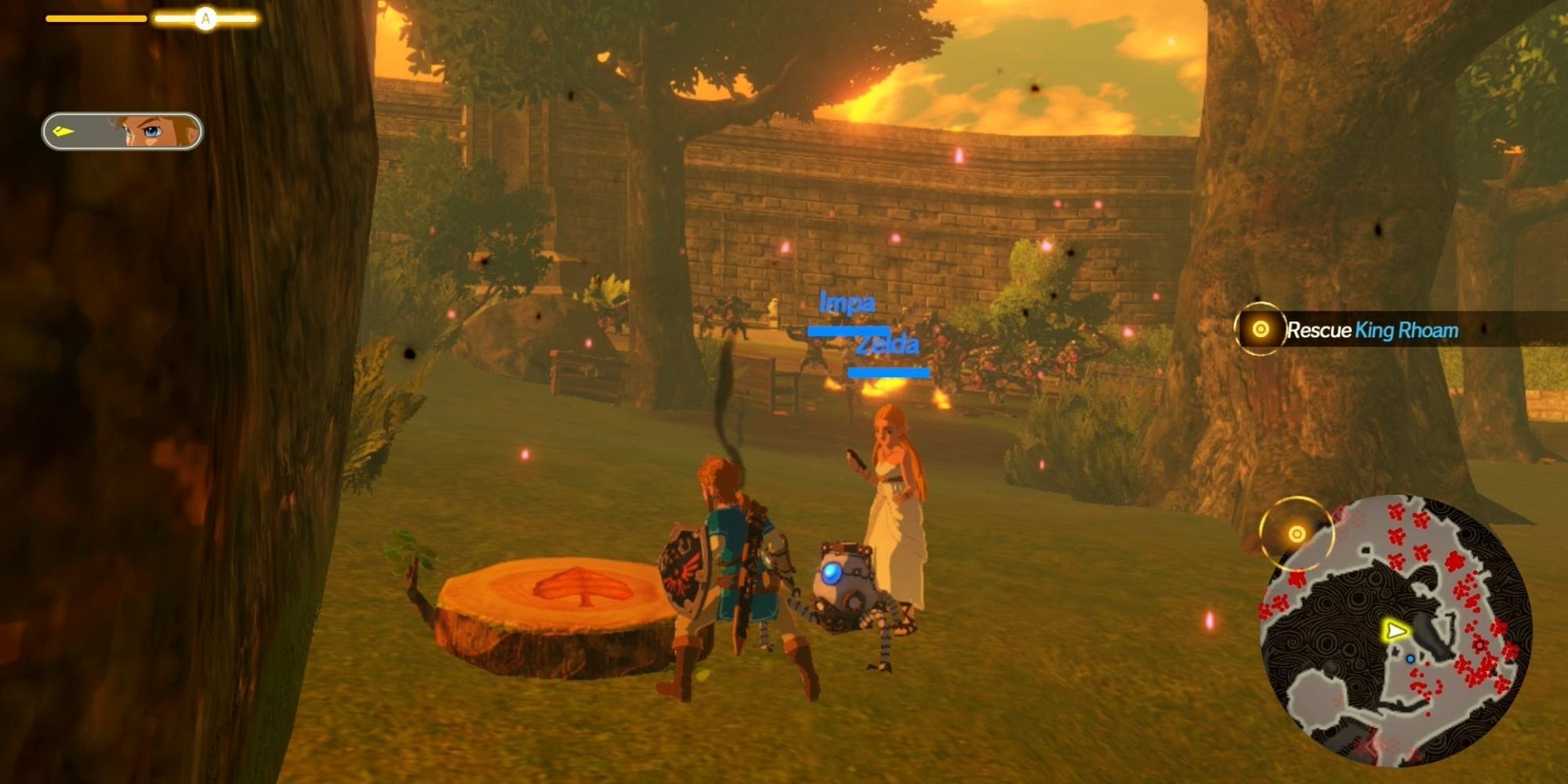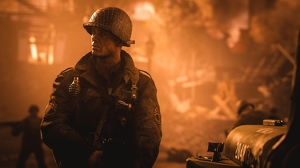
The Witcher: Nightmare of the Wolf is a bit of an enigma right now. We know it’s about a young Vesemir, witchering his way through life long before the fated arrival of Geralt of Rivia. We know we’ll see Kaer Morhen, likely busier than ever due to the series predating the encroaching extinction of witchers. And we know that, ultimately, this new take on a previously unseen period of The Witcher’s timeline will retroactively define everything that came before it. Aside from that, the exact details of Nightmare of the Wolf are anyone’s guess – but I reckon mine is pretty on the money.
If you’re even half as invested in this universe as I am, you probably know why Kaer Morhen is in such a sorry state by the time of The Witcher 3. New-age witchers like Geralt, Eskel, and Lambert are among the last people to ever undergo the notorious Trial of the Grasses, which involves subjecting young boys to extremely violent mutagens in an effort to enhance their strength, speed, and sensory perception. The timeline is pretty murky, but it’s reasonable to assume that the Trial was abandoned at least 50 years prior to The Witcher 3. All of the witchers who knew how to prepare it are dead, which is why Vesemir’s makeshift attempt at replicating it to transform Uma into Avallac’h is effective, but dangerously shoddy.
Related: The Witcher 3's New DLC Makes Me Want To Replay It For The 500th Time
A lot of people seem to think that’s it – the witchers in the know are dead, so now the proper methodology behind the Trial has been lost to time. But it goes deeper than that – why do you think the witchers are dead? Back when Vesemir was a young and sprightly witcher who walked The Path instead of wintering it out in Kaer Morhen, an enormous resistance against witchers was staged. People claimed that witchers were monsters, that children obtained by the Wolf, Bear, or Viper schools were doomed to death via horrendous experimentation or an eventual, unlikely encounter with a particularly devilish chort. And so, ordinary townsfolk and powerful institutions collectively took up arms against the very saviours protecting them from the unknown evils of the world. Big Brain Move, Novigrad.
The recent trailer for Nightmare of the Wolf, which you can check out below, is very clearly focused on this period of time. Aside from the fact it’s clearly based on young Vesemir, there are multiple hints pointing to the forced extinction of witchers.
I mean, look at the name – ‘Nightmare of the Wolf.’ Vesemir, a revered Wolf School witcher, was cast for a reason. He is, by definition, the only person in The Witcher’s universe who is both a core character and a link to the past by proxy, at least in terms of witcher-specific history. Blood Origin, the prequel set 1,200 years before Sapkowski’s main saga, is set to introduce a variety of Netflix-original characters – but Nightmare of the Wolf is tackling a story fans have been begging for information about since long before Sapkowski’s saga went mainstream.
People don’t just want context on the witcher extinction – they want to know where Vesemir was when it happened, what he did to stop it, how it affected him, where he went after it, and who he lost during it. Despite being a prominent character across the books, games, and upcoming season of the main show, Vesemir is shrouded in a veil of mystery that both adds to his character and complicates it. If it was just dropped tactlessly – “Vesemir’s mates died during the revolts” – it would ruin the intrigue. If it was made into a full-fledged series, it would be drawn out and bloated. But a film – especially an animated one, in that it is distinct from all of the other core media – is the perfect way to grapple with a story that is intensely difficult to tell.

It’s right there in the trailer, too. Vesemir literally gets a letter about how awful witchers are, about how someone needs to put a stop to their evil ways. I’m not sure who the woman accompanying Vesemir is – he always slags off Geralt for his penchant for sorceresses, and there are all sorts of rumours about witcher/sorceress relationships, so it could be that this is one of the older members of the Lodge like Tissaia or Philippa. I mean, I highly doubt it, but it’s not unreasonable speculation. Either way, it’s unimportant – the only thing that this brief trailer clearly establishes is its setting, both in terms of a concrete time, place, and context.
Nightmare of the Wolf is likely going to tackle the most damning nightmare witchers ever dreamt: the end of their kind. Geralt and company live a sad existence, slowly watching their numbers dwindle while working tirelessly to protect the same people who hurl vitriol at them to this day. Before, though, witchers at least had each other. If Nightmare of the Wolf is done right – which, let’s be real, it will be – we’ll finally have the proper context necessary for informing The Continent as we know it today, a place where mutant monster-slayers thanklessly keep the world spinning despite running on borrowed time.
Next: The Witcher: Ronin Opens Up Countless Possibilities For Geralt's Story


